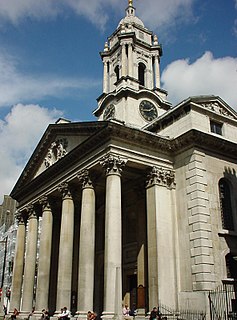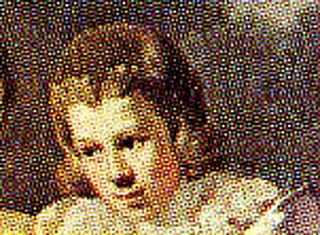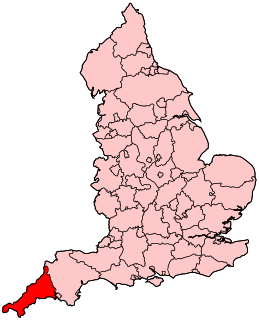St George Hanover Square was a civil parish in the metropolitan area of London, England

St George Hanover Square was a civil parish in the metropolitan area of London, England. The creation of the parish accompanied the building of the St George's Hanover Square Church, constructed by the Commission for Building Fifty New Churches to meet the demands of the growing population. The parish was formed in 1724 from part of the ancient parish of St Martin in the Fields in the Liberty of Westminster and county of Middlesex. It included some of the most fashionable areas of the West End of London, including Belgravia and Mayfair. Civil parish administration, known as a select vestry, was dominated by members of the British nobility until the parish adopted the Vestries Act 1831. The vestry was reformed again in 1855 by the Metropolis Management Act. In 1889 the parish became part of the County of London and the vestry was abolished in 1900, replaced by Westminster City Council. The parish continued to have nominal existence until 1922. As created, it was a parish for both church and civil purposes, but the boundaries of the ecclesiastical parish were adjusted in 1830, 1835 and 1865.
St George Hanover Square could also refer to:
- St George's Hanover Square Church
- St George's, Hanover Square (UK Parliament constituency), renamed Westminster St George's (UK Parliament constituency)

St George's Hanover Square Church is an Anglican church in the City of Westminster, central London, built in the early eighteenth century. The land on which the church stands was donated by General William Steuart, who laid the first stone in 1721. The church was designed by John James and was constructed under a project to build fifty new churches around London. The building is one small block south of Hanover Square, near Oxford Circus, in what is now the City of Westminster. Owing to its Mayfair location, it has frequently been the venue for high society weddings.
Westminster St George's, originally named St George's, Hanover Square, was a parliamentary constituency in Central London. It returned one Member of Parliament (MP) to the House of Commons of the Parliament of the United Kingdom, elected by the first past the post system of election.
| This disambiguation page lists articles associated with the title St George Hanover Square. If an internal link led you here, you may wish to change the link to point directly to the intended article. |








